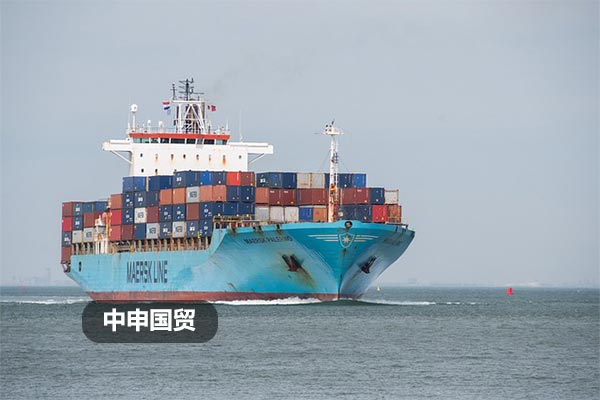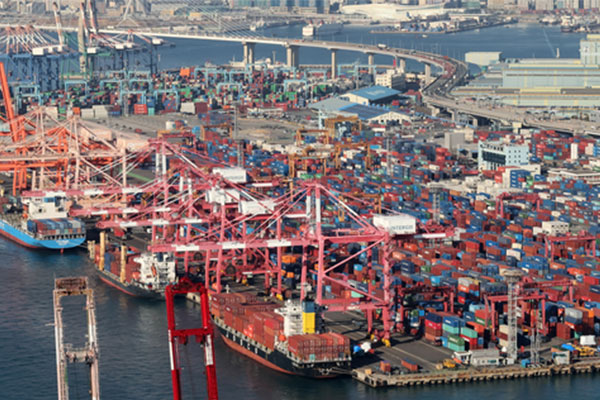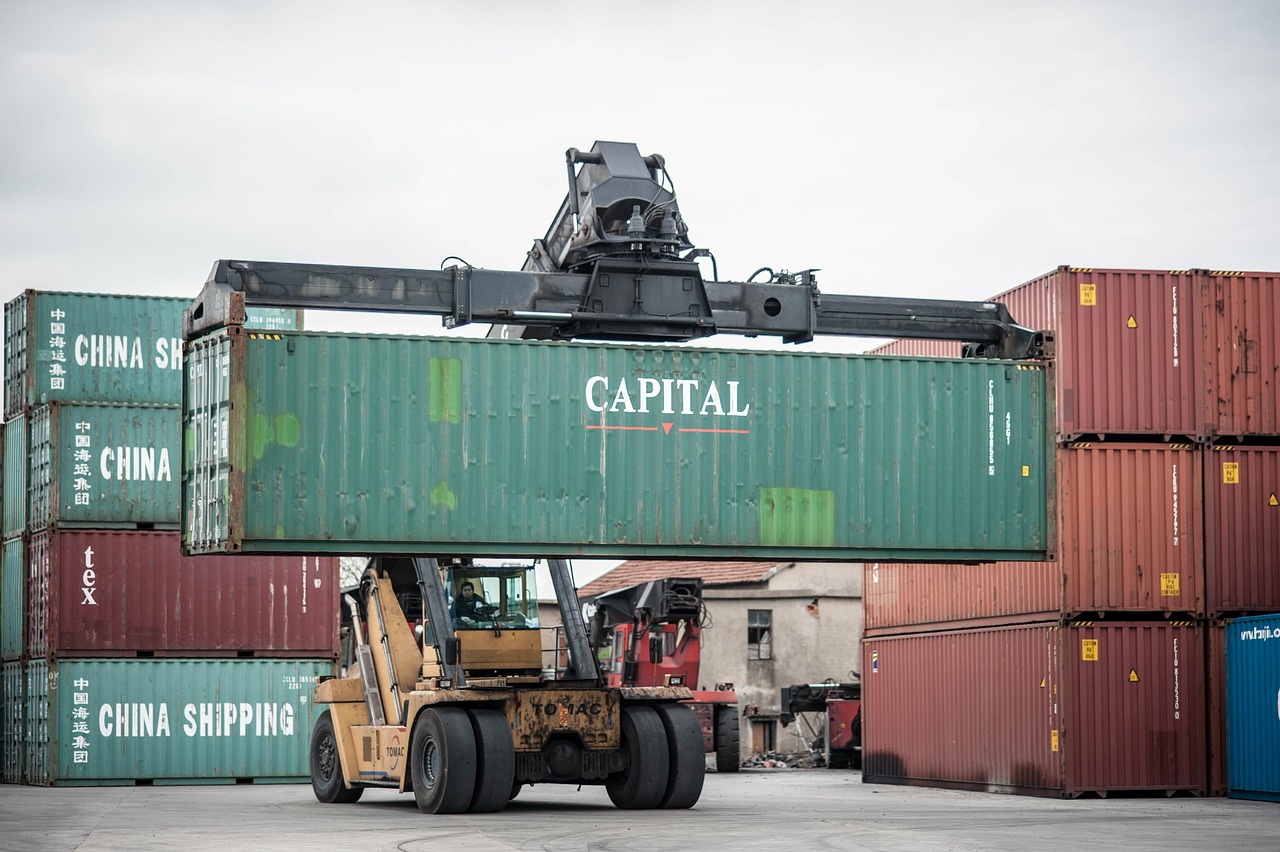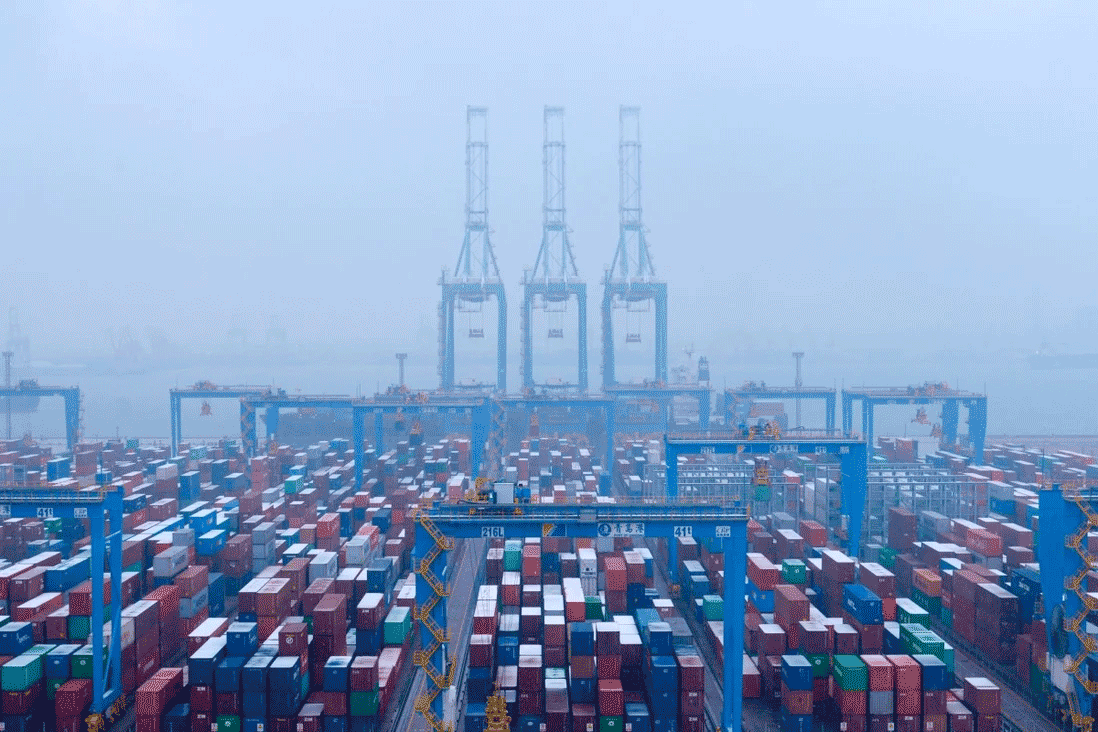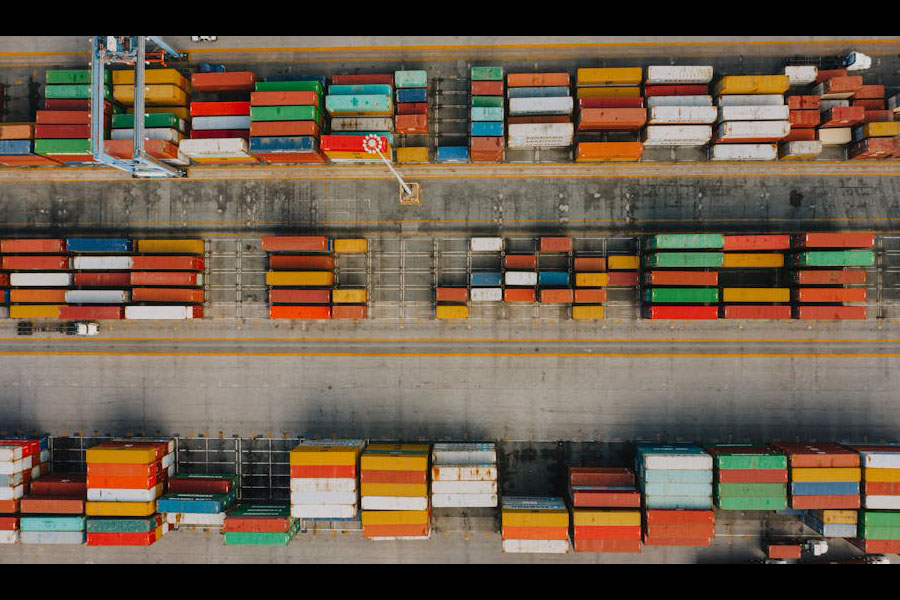- Shanghai Zhongshen International Trade Co., Ltd. - Two decades of trade agency expertise.
- Service Hotline: 139 1787 2118
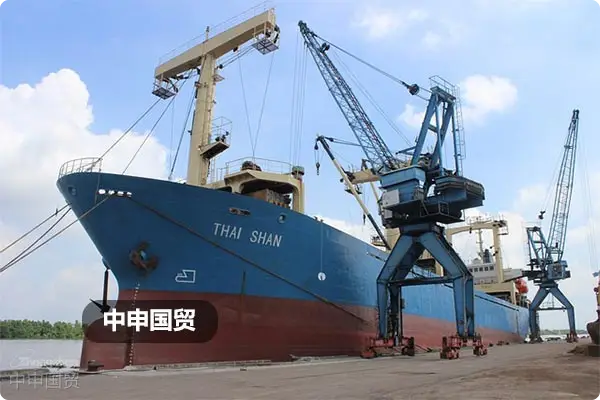
service expert with 20 years of industry experience, this article will systematically analyze the core points of clothingExport DrawbackAgency services are an important choice for many enterprises to simplify tax rebate procedures and improve efficiency. However, their fee standards are influenced by multiple factors, including service scope, cargo type, and rebate amount. Understandingimport and exporttax rebate agency fee standards is crucial for enterprises to reasonably select agency services and control costs.
I. Factors affecting import-export tax rebate agency fee standards
Service Scope
– Basic services vs. value-added services: The fees for import-export tax rebate agencies primarily depend on the service scope. Basic tax rebate agency services typically include organizing customs declarations, preparing and submitting rebate documents. This part of the fee is relatively fixed, but if enterprises require additional value-added services such as tax rebate policy consultation or customs communication coordination, agencies will charge extra fees based on the complexity and workload of these services. For example, for enterprises dealing with special goods that require frequent communication and explanation with customs, agencies will increase fees due to the additional human and time costs involved.
– One - stop service: Some agencies provide one-stop import-export services covering the entire process from trade contract signing to cargo transportation and tax rebate processing. The fee standards for such comprehensive services are higher than those for pure tax rebate agency services because they integrate resources and operations across multiple stages, saving enterprises significant time and effort, but enterprises also need to pay more for these services.
Type of goods
– Ordinary goods vs. special goods: Cargo type significantly impacts import-export tax rebate agency fees. The tax rebate process for ordinary goods is relatively simple, with conventional customs declaration and rebate procedures, resulting in lower agency fees. Special goods, such as hazardous chemicals or high-tech products, require more professional knowledge and effort from agencies due to their special regulatory requirements, complex customs procedures, and potential additional inspection and quarantine processes. For example, the import-export of hazardous chemicals must strictly comply with safety regulations, requiring agencies to ensure all relevant documents and procedures meet requirements when handling tax rebates for such goods, which undoubtedly increases service costs and leads to higher fees.
– High-value goods vs. low-value goods: The value of goods is another influencing factor. High-value goods typically involve larger tax rebate amounts and greater risks and responsibilities. Agencies need to be more meticulous and cautious when handling tax rebates for high-value goods, conducting stricter document reviews and risk management. Therefore, for tax rebate agency services for high-value goods, fees may be proportionally higher than those for low-value goods, or different fee tiers may be set based on their value.
Tax rebate amount
– Percentage-based fees: Some agencies adopt a fee structure based on a certain percentage of the tax refund amount. This charging model is directly linked to the final tax refund amount the company receives. Typically, the higher the tax refund, the more the agency charges. For example, an agency may collect a certain percentage (e.g., 5% – 10%) of the tax refund as a service fee. For businesses, this approach directly correlates costs with benefits, but it is also important to ensure the reasonableness of the percentage to avoid paying excessive fees.
– Tiered pricing: Another common approach is the tiered pricing model. Different fee rates are set based on varying ranges of the tax refund amount. For example, for tax refunds below 100,000 yuan, a fixed fee plus a lower percentage of the amount is charged; for tax refunds between 100,000 and 500,000 yuan, the fee rate is slightly higher; when the tax refund exceeds 500,000 yuan, the fee rate is adjusted according to specific circumstances. This method, to some extent, balances the needs of businesses of different scales, being more friendly to enterprises with smaller tax refund amounts while also reflecting the value of agency services as the refund amount increases.
The General Range of Import and Export Tax Refund Agency Fees in the Market
In the market, the fees for import and export tax refund agency services vary significantly. For straightforward export tax refund agency services, if the client is a small business dealing with ordinary goods and the tax refund amount is relatively small, the monthly fee may range from 1,000 to 3,000 RMB. For medium-sized enterprises with more complex types of goods and moderate tax refund amounts, the fee could be between 3,000 and 10,000 RMB per month. For large enterprises or import-export businesses involving special goods, high-value goods, or substantial tax refund amounts, the agency fee may exceed 10,000 RMB per month or even higher. The specific cost will depend on the actual service requirements and negotiations.
Conclusion
The pricing structure for import and export tax refund agency services is complex and influenced by multiple factors. When selecting such services, enterprises should thoroughly understand these influencing factors, weigh the fee structures and service quality of different agencies based on their business characteristics and needs, and choose the most suitable agency service to ensure smooth tax refund processing while maintaining cost control.
Related Recommendations
? 2025. All Rights Reserved. Shanghai ICP No. 2023007705-2  PSB Record: Shanghai No.31011502009912
PSB Record: Shanghai No.31011502009912
